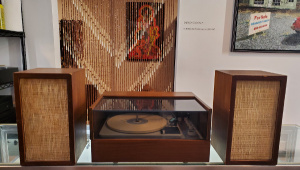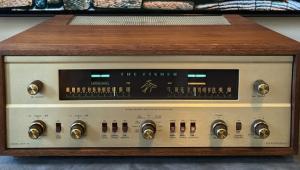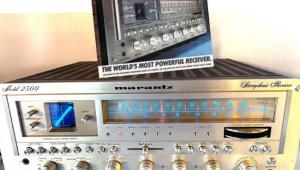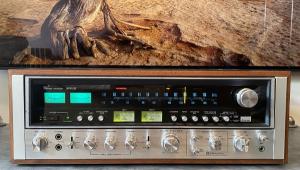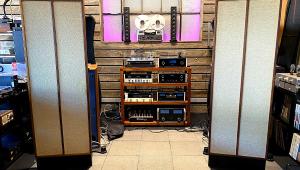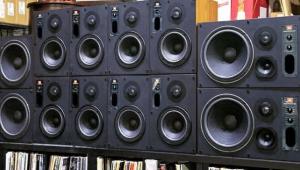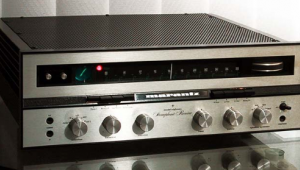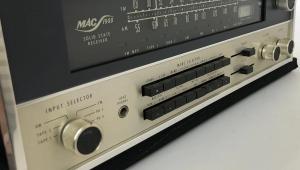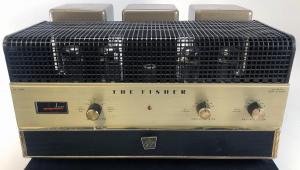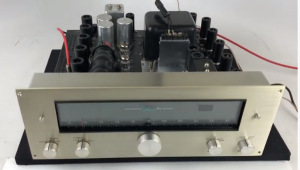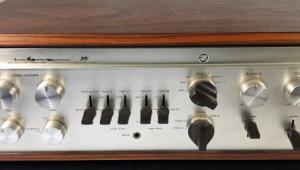Nagra IV-S Stereo Recorder
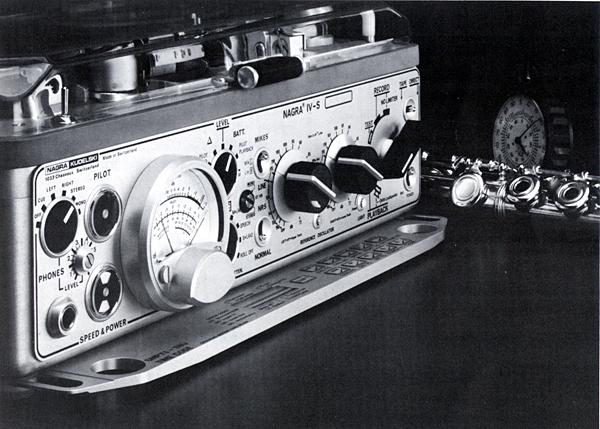
Stefan Kudelski, the founder of the Swiss company, made some of his first recordings of the bells inside the tower at the Cathedral Notre Dame in Paris with a Nagra I prototype. Later, when Kudelski entered an amateur recording competition the jury did not quite understand how he could have possibly made the recording in such a cramped location. The recording won first prize in the Académie Charles Cros contest and the company was launched. Nagra recorders quickly became the de-facto standard for the film and broadcast industries. The Nagra III that debuted in 1957 was so well built many are still in use today!
Curiously enough, Nagra recorders up to that point were all mono machines, the company didn't see fit to introduce a 1/4-inch stereo recorder until 1971. That model, the IV-S, sold for $1,700, nearly the price of a new economy car at the time. The IV-S was Nagra's first product designed for the music industry, but the machine also had a time code option for synchronization between the recorder and a film camera. Wealthy audiophiles also bought them, possibly because the IV-S, like all Nagras, was built to higher quality standards than most high-end gear. The tactile feel of the knobs and controls is unmatched by most of today's best components.
The IV-S used Nagramaster biasing to reduce the need for external noise reduction. It really worked, I have fond memories of recording sound for my friends' student films in the mid 1970s, using a rented IV-S (for $25 a day). I was amazed how quiet and clear the sound was, I monitored the sound with my Sennheiser HD-414 headphones and tape hiss was barely audible. The IV-S was battery powered and used 12 "D" cells or an AC power supply.
Thanks go out to Nagra's Matthieu Latour for providing background information and the photo used in this report.
